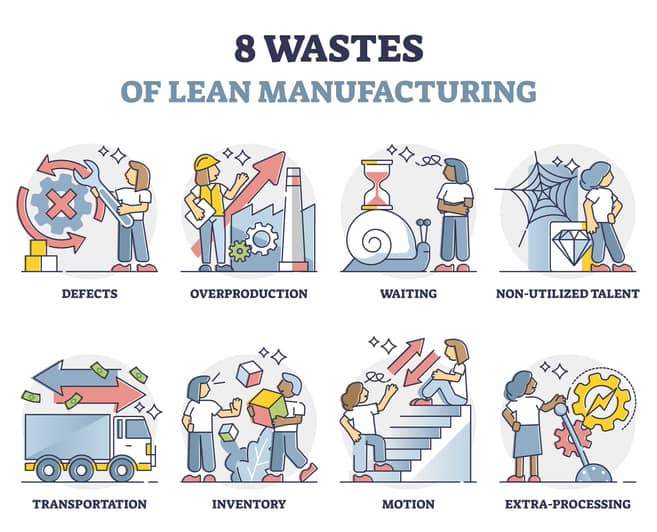At a recent National Press Club luncheon, Veterans Secretary Robert A. McDonald affirmed his plans for advancing the VA health care system using Lean Six Sigma. “We started training leaders on Lean Six Sigma last month. By December 2016, we intend to have 10% of leaders trained,” McDonald explained.
Six Sigma, originally established by Motorola, is a process improvement technique that improves the quality of products and services by eliminating variation. Lean, originally developed by Toyota, is implemented to improve products and services by eliminating the waste in any process.
McDonald’s plans closely resemble those of Erie County Executive Chris Collins who presented a similar proposal around 2007. But Collins faced stiff opposition to his plans and lost the election for county executive. In the election, Democratic County Executive Mark Polncarz challenged Collins’ Lean Six Sigma initiatives. Polncarz argued the advantages of Lean Six Sigma were exaggerated and said he was happy to make county government “less Lean Six Sigma-like.”
Nevertheless, Collins has not retracted his stance on Lean Six Sigma and still is in favor of the management tool. And it’s clear that McDonald values the same model. When McDonald was asked why he wanted to use Lean Six Sigma for VA health care, McDonald noted that Lean Six Sigma is what other businesses have been using for years.
In order to produce efficiency, McDonald plans to couple Lean Six Sigma with a management method called Human-Centered Design.
McDonald explained why he chose to combine both techniques: “Great customer service companies use Human Centered Design to understand what customers want and need, and then design customer experiences to meet those needs. Lean Six Sigma makes these processes effective, efficient and repeatable.” McDonald’s goal is to implement this innovative concept at the VA.
The VA health system has previously seen one setback after another. For instance, in Buffalo, reports of reused and contaminated needles spread. Phoenix saw an issue with long waits before patients could get medical appointments, and officials tried to hide these issues. In order to address these concerns, McDonald said that, “we’re bringing the best practices from business to government. And what we find is it works.”
As reported by McDonald, the VA has been making great strides to improve their health care system. The addition of over 15,000 staffers nationwide has shortened the waiting period for medical appointments. From June 2014 through June 2015, the VA saw 7 million more medical appointments than the previous year.
McDonald explained that, “right now, 97% of appointments are within 30 days, 92% are within 14 days, 87% are within seven days, and 23% are same day. Specialty care wait time is six days. Primary care is four days. Mental health care is three days.”
The VA has also decreased waiting time for the processing of claims. With the new updates, patients typically wait about 93 days for claim results, a big improvement from the additional 6 months it took in early 2013.
Collins reported his appreciation for the policies implemented by McDonald: “That’s some of the best news I’ve heard in a long time. There’s a good chance, then, that they’re going to get the problems at the VA fixed. … I have great hopes that this will make for a profound, positive change.”
With the utilization of Lean Six Sigma at the VA, McDonald hopes to see continuous improvements for VA health services.



